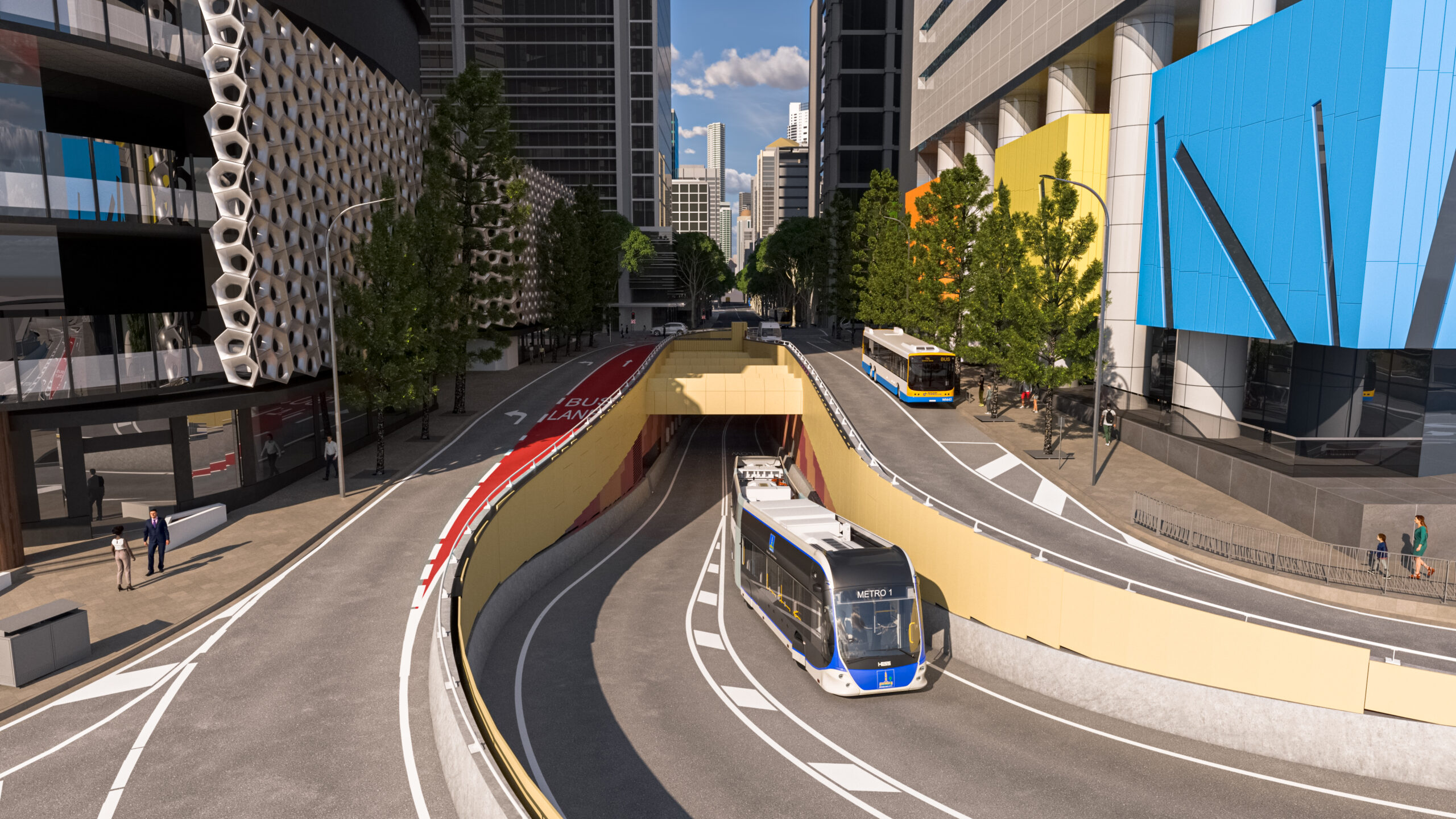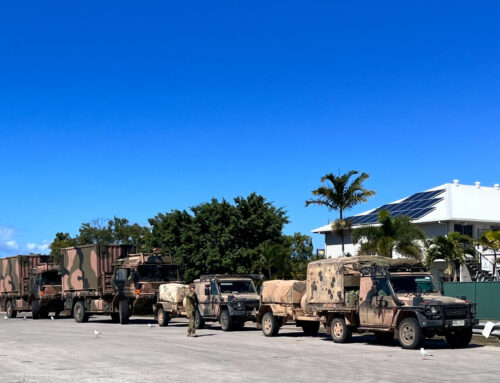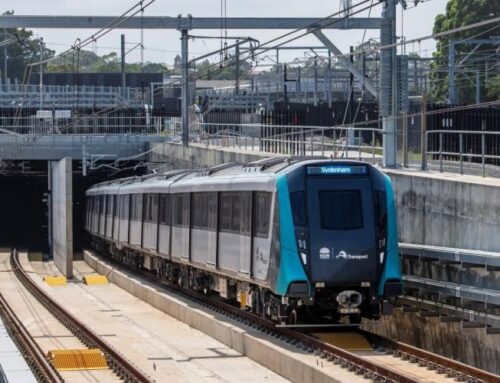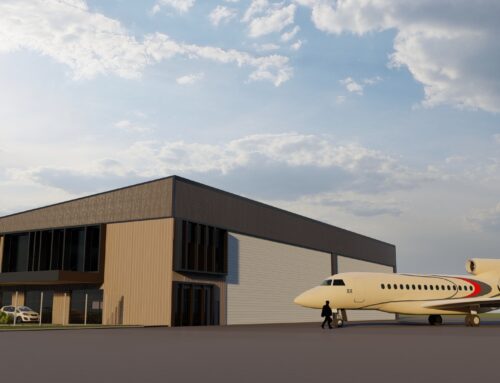Brisbane City Council is delivering Brisbane Metro – a new high-frequency and high-capacity turn-up-and-go service. The electric metro fleet will operate along dedicated busways, connecting 18 stations from Eight Mile Plains to Roma Street, and Royal Brisbane and Women’s Hospital to University of Queensland.
Brisbane Metro is also transforming pedestrian and cycle connections, as part of the project’s public realm improvements at key locations such as the Queensland Cultural precinct in South Brisbane.
With a total project delivery value of $1.4 billion, the project aims to reduce congestion bottlenecks in the city by providing a better-planned network, benefitting commuters as well as businesses and residents by reducing travel times and improving efficiency. The use of the electric metro vehicles and fast charging system, the first of its kind in Australia, contributes to a more sustainable public transportation system, improving overall environmental outcomes.
As a high-priority project on the Infrastructure Australia Priority List, Brisbane Metro will be a key part of Brisbane’s greater transport network better connecting the city to the suburbs. This high-frequency bus rapid transit system moves more people, more efficiently with services every 5 minutes during peak hours at major busway stations.
For much of the alignment, Brisbane Metro will use the existing busway, along with modifications to existing infrastructure and targeted investment in new infrastructure.
New and updated infrastructure includes:
- A new tunnel beneath Adelaide Street providing a dedicated connection from the South East Busway to the Inner Norther Busway for metro and bus services
- An upgraded Cultural Centre station for metro and bus services, including the delivery of a new platform
- An enhanced gateway to the Cultural Forecourt with new landscaping and wider footpaths
- Upgrades to Victoria Bridge for metro and bus services, and dedicated cycling and pedestrian pathways
- Upgrades to some suburban stations including UQ Lakes station and Buranda busway station
- New end of route vehicle charging and layover facilities
- A new metro depot for the electric fleet.
Acting as the subconsultant and providing specialised consultancy services, NDY collaborated closely with SMEC Australia, who led the independent project verification team.
In our role as subconsultant, NDY provided SMEC with specialist advice in mechanical, electrical, fire protection and hydraulic engineering during the design delivery and construction stage. In addition, we also provided services for communications, security and fire safety engineering. This collaboration was pivotal for the development of the new Adelaide Street tunnel, facilitating their integration with the existing King George Square busway.
A standout feature of the project is its adaptation for high-capacity electric metro vehicles within the underground tunnel systems, in another Australian first. NDY’s specialist knowledge was instrumental in guiding the project team through the formulation and design of technical reports and drawings, covering aspects such as the fire engineering brief, fire engineering report, as well as modelling for station and tunnel ventilation and control strategies.
The Brisbane Metro project will transform the city’s public transport network, by making travel faster and more efficient. Metro services are expected to commence in late 2024.
Project Details
Market Sector:
Transport
Client: SMEC Australia
Contractor: Brisbane Move Consortium (Acciona & Arup)
Value: $1.4 b
Completion: Services expected to commence late 2024











